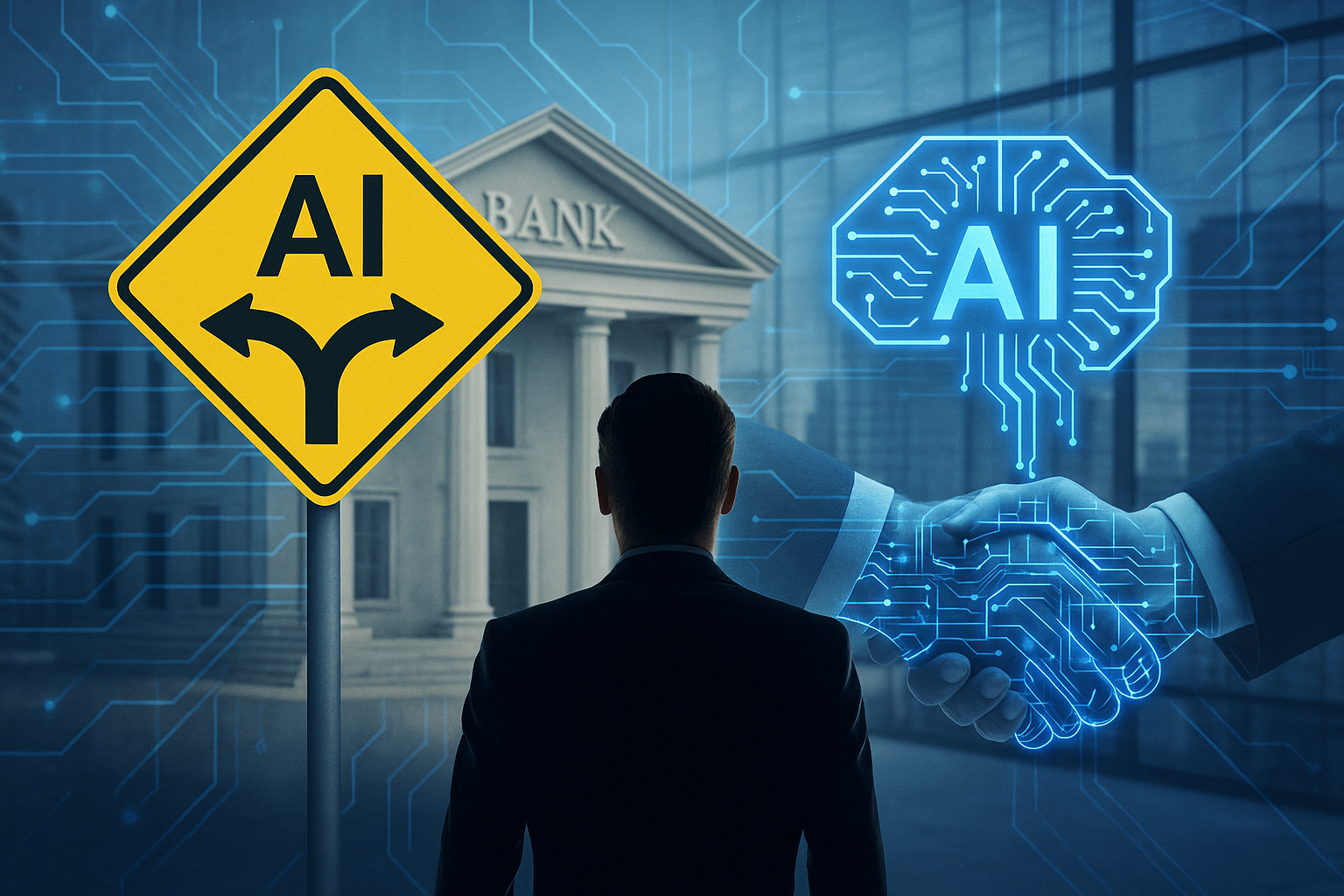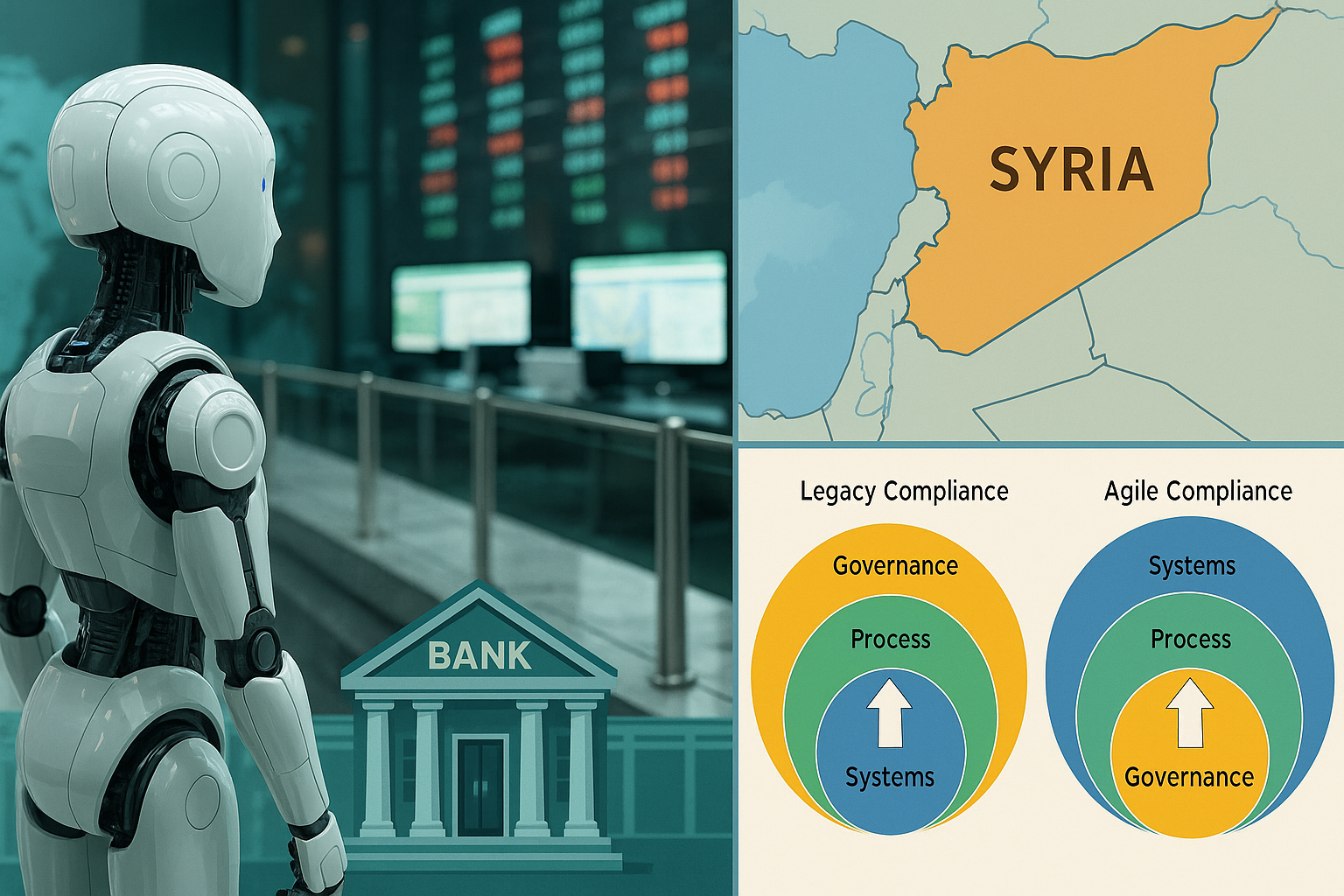Data Monetization - Speed Counts
The billion dollar question facing executives everywhere: How do I monetize my data? What
small data or big data monetization strategies should I adopt? Which analytical investments and strategies really increase revenue? What pilots should I run to test data monetization ideas out?
Data Monetization is the process of converting data (raw data or aggregate data) into something useful and valuable – help make decisions (such as predictive maintenance) based on multiple sources of insight. Data monetization creates opportunities for organizations with significant data volume to leverage untapped or under-tapped information and create new sources of revenue (e.g., cross-sell and upsell lift; or prevention of equipment breakdowns).
But, data monetization requires a new IT clock-speed that most firms are struggling with. Aberdeen Research found that the average time it takes for IT to complete BI support requests, with traditional BI software, is 8 days to add a column to a report and 30 days to build a new dashboard. For an individual information worker trying to find an answer, make a decision, or solve a problem, this is simply untenable. For an organization that is trying to differentiate itself on information innovation or data-driven decision making, it is a major barrier to strategy execution.
To speed up insight generation and decision making (all elements of data monetization) business users are bypassing IT and investing in data visualization (Tableau) or data discovery platforms (Qlikview). These platforms help users ask and answer their own stream of questions and follow their own path to insight. Unlike traditional BI that provides dashboards, heatmaps and canned reports, these tools provide a discovery platform rather than a pre-determined path.
Also companies like Marketo which create marketing automation software are getting into the customer engagement and data monetization game. Their focus is to enable marketing professionals find more future customers; to build, sustain, and grow relationships with those buyers over time; and to cope with the sheer pace and complexity of engaging with customers in real time across the web, email, social media, online and offline events, video, e-commerce storefronts, mobile devices and a variety of other channels. And in many companies, marketing knits these digital interactions together across multiple disconnected systems. The ability to interact seamlessly with customers across multiple fast-moving digital channels requires an engagement strategy enabled by data and analytic insights.
New Revenue Streams – Moving from Analytics to Data Monetization
I am asked this question in almost every meeting: How do we increase revenue by leveraging analytics? What are the best practices and what are my competitors doing around this?
In every competitive industry – retail to insurance to healthcare – companies along the value chain are racing to replace revenues lost as new regulatory environment changes, competitive pressure, and consumer choices eliminate traditional revenue sources. Rather than looking solely to increase transaction volume, firms are shifting focus to leveraging current transaction volume by mining a valuable, underleveraged asset—client/transaction data—to create new revenue streams.
Healthcare industry, for instance, is increasingly become analytics outcome based. Take for instance, Accountable care organizations (ACOs), which are expected to connect groups of providers who are willing and able to take responsibility for improving the health status, efficiency and experience of care for a defined population. This can’t be done without a sizable investment in data, analytics and monetization capability.
Another very common use case of monetization is cost savings from better inspection scheduling and preventive maintenance. This results in huge savings because costly and experienced resources are not used to respond to emergency repair calls. I saw this in the case of a large ATM manufacturer. By monitoring various assets in the ATM (cash dispensers, printers, cameras etc.) via log analysis they were able to substantially reduce maintenance downtimes.
As top-line growth gets tougher and cost takeout via outsourcing reaches real-world practical limits, the game is shifting to novel monetization strategies to extract new revenue from existing customer base. Data monetization is not easy — requires sophisticated process of capturing appropriate data sources, storing and managing the data, performing analytics to identify key trends and latent themes, and presenting the insights in a readily consumable format.
Data Monetization analytics use cases, toolsets, skillsets and mindset….Expanding this capability and the tools to exploit it is the new frontier. The hypothesis is that investments in technology, process, and organization to build these capabilities will pay dividends not just in the ability to deliver and monetize data, but in ancillary benefits including faster time to market, improved organizational communication, better customer service, and ultimately, a better customer experience. However, like many complex transformation agendas not doing this right can also hurt firms.
Data Monetization in Financial Services
How to monetize customer touch points via segmentation, prospect identification, campaign analysis, cross sell and up sell, retention-lapse and lifetime value?
Data monetization is not analytics. Analytics – predictive, descriptive or exploratory – by themselves are of limited value. Monetization comes from the downstream consumption of analytical insights to create value. Analytics have to be consumed either by humans, machines or applications to make/facilitate decisions and create new revenue streams. Take for instance the payments value chain, where issuing banks, processors, and acquiring institutions all profit from data monetization, each in their own way.
-
A VISA card issuer realized a ten percent increase in application completion rates by better utilizing available predictive data.
-
By analyzing and improving the data used for online cross-sell, a global bank realized a 50 percent improvement in its cross-sell rates.
Effective data monetization enables large credit card acquirers to offer merchants more value-added services such as analytics or report packages. Increasing the timeliness, accessibility, quality, or completeness of data offered (by integrating external data, for example) can set an acquirer apart from competitors and add important additional revenue.
Interestingly the growing trend is to arm the consumer with a lot of powerful data discovery tools. Credit card companies like American Express are providing lot of information to help customers make the best possible decision. They are letting the customer follow an information scent, rather than a pre-determined path, as they go off on search for the data that will help answer their business questions.
By providing cardholders with breakdowns of their card spend, alerts based on preset limits, or data on what friends who bank with the same institution are buying, card issuers can use data to increase touch points with their customers—improving loyalty and stickiness. Leveraging the Internet and mobile devices further enhances the customer experience by enabling these updates to happen in real time.
Creating a Data Monetization Roadmap
Companies that wish to maximize the benefit of their BI and Analytics investments must begin by evaluating their organization’s data monetization maturity level.
I recommend as a first step… a comprehensive, enterprise-wide assessment to establish a baseline – how is the organization is monetizing its data—what data is currently being monetized, what the business value is of that monetization, and what $$ have been left on the table. The baseline assessment should identify not only what data is available, but also what data can be used from a practical and regulatory perspective.
Successful data monetization requires the ability to fully exploit data across organizational and application silos. A financial institution, for example, will have data segmented and owned by different lines of business—commercial, consumer, retail banking, or mortgage. Breaching these data barriers is essential to ensure that the insights from analytics are extracted.
Companies must also improve and speed access to their data. Having thousands of individual data stores around the company, worldwide, is not only an extremely inefficient way to store data, it also makes it difficult to access the data for monetization purposes. Collapsing, consolidating and rationalizing data stores is a continual must-do exercise.
Understanding use cases is key. Initiating a data monetization effort in say digital marketing is an opportune time to brainstorm and identify new target customers for marketing/selling data and related services as well as expanding the usages for data currently being sold to customers. Getting an external perspective is especially important. A benchmark of other institutions and the type of data monetization use cases they are doing can provide valuable insight and new ideas.
Monetizing means deciding
Finally, a business case or a cost/benefit analysis of the desired changes will be required for any major investment. This should include what those changes will deliver from a revenue perspective and what they will cost to implement.
Conclusion
Today a lot of emphasis is on infrastructure for managing big data. The next wave is delivering on the unique monetization opportunity that developing analytics and applications on top of the available data. While the revenue potential of data monetization can be significant, there are some considerations and potential roadblocks to note—organizational resistance, overly strict interpretations of regulatory requirements, inflexible data silos, and an out-of-date infrastructure, for example.
Compare anticipated revenue gains with the cost to bring that revenue through the door, and adjust expectations and scope accordingly. While some organizations will be able to justify and support a wholesale infrastructure upgrade (if required) to achieve their data monetization goals, others will not. In most instances, however, there are ways to incrementally improve on data monetization without extraordinary cost.
However, changing status quo is not for the faint hearted.
Notes and References
-
Advanced analytics will automate many management decision-making processes, which will allow managers to focus more on strategy setting and business innovation. At the same time, developments in machine learning and in-memory computing will enable people to analyze masses of unstructured data. And, finally, collaborative and social technologies will enable more employees to participate in decision making, improving the quality of management decisions. For more information see the March 27, 2012, Gartner report, “Information Innovation Will Revolutionize Decision Making”
-
Aberdeen Research conducted a survey of 237 organizations on the topic of agile BI in March of 2011. See the report, “Agile BI: Complementing Traditional BI to Address the Shrinking Decision-Window,” November 2011 (available to subscribers only).
Related articles
- How Smartphone Carriers Are Making Money By Tracking Your Behavior (disinfo.com)
- Monetate adds three partners for big data marketing (zdnet.com)
- Big Data Alchemy: Turn Info Into Money (informationweek.com)
- Message to Mobile Operators: Monetize Personal Data (designmind.frogdesign.com)
Posts by Tag
- big data (41)
- advanced analytics (38)
- business perspective solutions (30)
- predictive analytics (25)
- business insights (24)
- data analytics infrastructure (17)
- analytics (16)
- banking (15)
- fintech (15)
- regulatory compliance (15)
- risk management (15)
- regtech (13)
- machine learning (12)
- quantitative analytics (12)
- BI (11)
- big data visualization presentation (11)
- community banking (11)
- AML (10)
- social media (10)
- AML/BSA (9)
- Big Data Prescriptions (9)
- analytics as a service (9)
- banking regulation (9)
- data scientist (9)
- social media marketing (9)
- Comminity Banks (8)
- financial risk (8)
- innovation (8)
- marketing (8)
- regulation (8)
- Digital ID-Proofing (7)
- data analytics (7)
- money laundering (7)
- AI (6)
- AI led digital banking (6)
- AML/BSA/CTF (6)
- Big Data practicioner (6)
- CIO (6)
- Performance Management (6)
- agile compliance (6)
- banking performance (6)
- digital banking (6)
- visualization (6)
- AML/BSA/CFT (5)
- KYC (5)
- data-as-a-service (5)
- email marketing (5)
- industrial big data (5)
- risk manangement (5)
- self-sovereign identity (5)
- verifiable credential (5)
- Hadoop (4)
- KPI (4)
- MoSoLoCo (4)
- NoSQL (4)
- buying cycle (4)
- identity (4)
- instrumentation (4)
- manatoko (4)
- mathematical models (4)
- sales (4)
- 2015 (3)
- bitcoin (3)
- blockchain (3)
- core banking (3)
- customer analyitcs (3)
- direct marketing (3)
- model validation (3)
- risk managemen (3)
- wearable computing (3)
- zero-knowledge proof (3)
- zkp (3)
- Agile (2)
- Cloud Banking (2)
- FFIEC (2)
- Internet of Things (2)
- IoT (2)
- PPP (2)
- PreReview (2)
- SaaS (2)
- Sales 2.0 (2)
- The Cloud is the Bank (2)
- Wal-Mart (2)
- data sprawl (2)
- digital marketing (2)
- disruptive technologies (2)
- email conversions (2)
- mobile marketing (2)
- new data types (2)
- privacy (2)
- risk (2)
- virtual currency (2)
- 2014 (1)
- 2025 (1)
- 3D printing (1)
- AMLA2020 (1)
- BOI (1)
- DAAS (1)
- Do you Hadoop (1)
- FinCEN_BOI (1)
- Goldman Sachs (1)
- HealthKit (1)
- Joseph Schumpeter (1)
- Manatoko_boir (1)
- NationalPriorites (1)
- PaaS (1)
- Sand Hill IoT 50 (1)
- Spark (1)
- agentic ai (1)
- apple healthcare (1)
- beneficial_owener (1)
- bsa (1)
- cancer immunotherapy (1)
- ccpa (1)
- currency (1)
- erc (1)
- fincen (1)
- fraud (1)
- health app (1)
- healthcare analytics (1)
- modelling (1)
- occam's razor (1)
- outlook (1)
- paycheck protection (1)
- personal computer (1)
- sandbox (1)
Recent Posts
Popular Posts
Here is a funny AI story.
Every community bank CEO now faces unprecedented...
On May 13, 2025, the U.S. government announced...



